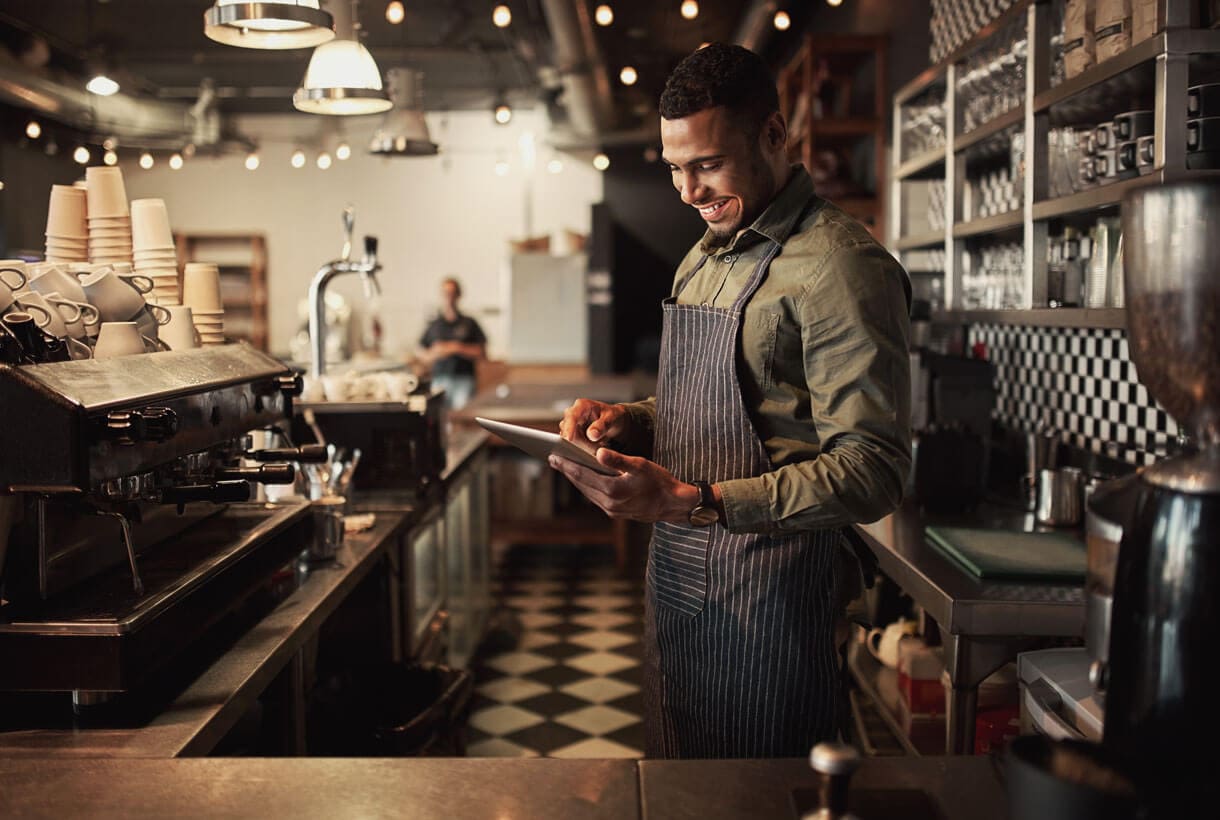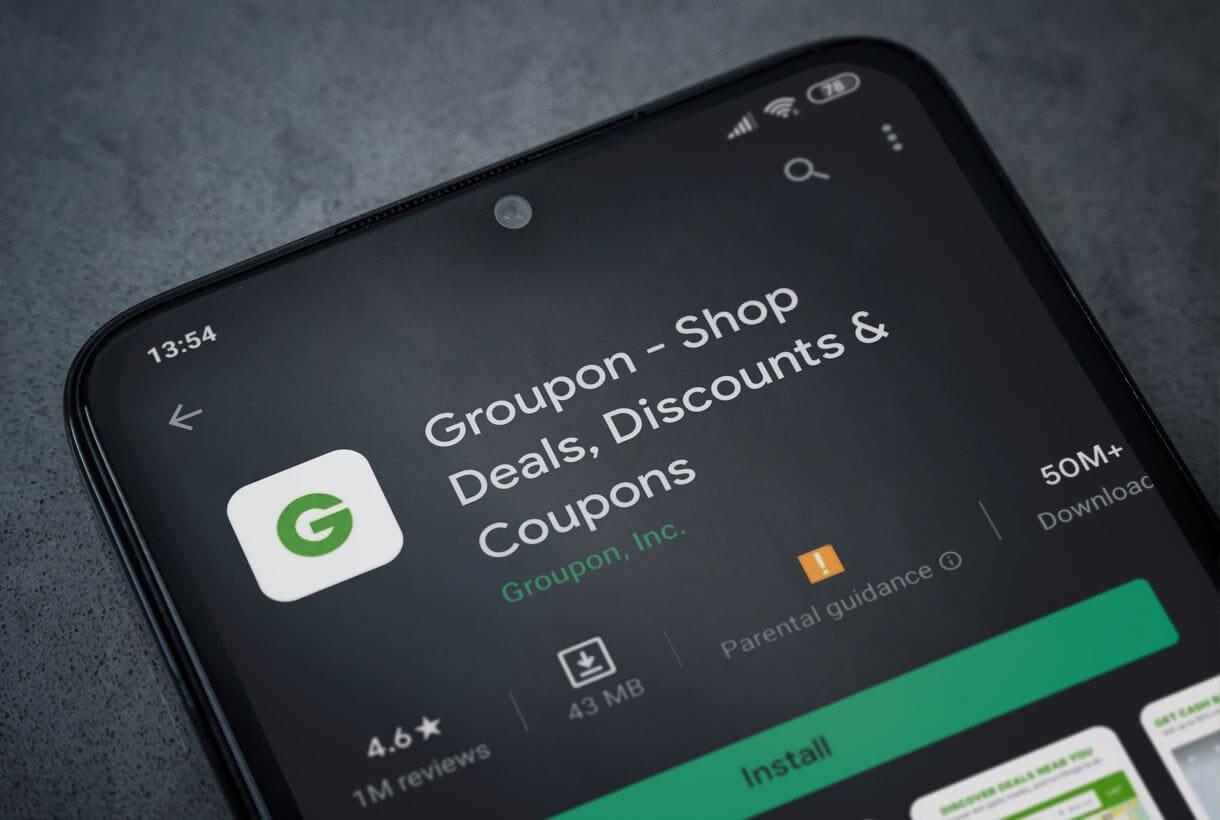

Owning a restaurant is a constant battle between driving traffic, fighting off competitors, and overcoming customer apathy. You need a way to rise above the crowd and connect directly with your customers, not only as a way to bring on new customers but as a way to bring them back.
Enter restaurant marketing…
There are many challenges involved in driving traffic to your restaurant. The majority of your customers will drive past one if not several competitors between home/work and your site. Your competitors are also doing everything they can to drive traffic, but our goal is to do it better! Location can be the most significant hurdle to overcome. McDonald’s conducted a study stating the average person does not want to travel more than 3.1 miles to a restaurant. That isn’t a big radius, and further, you face even more location challenges if your location is tucked away and out of sight. There is a reason most Chipotle restaurants have a Five-Guys close to it. Chipotle is excellent at finding the right locations, and that is a major contributing factor to their success. Along with finding the right spot and beating back your competition, you have to inspire loyalty to ensure these precious customers return.
If you can overcome these challenges, the value is immense. Yes, the underlying goal of driving traffic is to grow profits, but let’s take a look at some tangent benefits. We talked about customer loyalty being a challenge, but it is also vital to survival. If you provide an unforgettable dining experience, you will benefit not only from their repeat business but also word-of-mouth referrals to friends, family, co-workers, and even people on the street who want somewhere good to eat. Another important outcome of providing an enjoyable experience is the online review. More and more, potential customers are turning to sites like Yelp and Foursquare for information about a restaurant and reading reviews about past experiences. This can be a determining factor for many people.
But how do we drive that initial traffic?
There are dozens of marketing tactics designed to bring in customers. We are going to focus on three main choices.
Happy hours, buy-one-get-one, and “half off” deals are all specials designed to incentivize customers to come at specific days or times of the day. These can be very simple but also significant when it comes to overcoming your local competition. When two restaurants are close together, sometimes the determining factor for a customer is “who has the best deal.”

Another wildly popular tactic is a theme night. More commonly seen in bars, trivia is among the most common theme nights. Customers can come in to play free trivia and win rewards like gift cards. Trivia can be an investment for a restaurant or bar because of the cost associated with hiring a trivia company and the prizes doled out to customers, but trivia does see one of the highest ROIs as well. On average, customers are at the restaurant or bar for at least two hours during which time the continually order food and drinks. A good trivia night can also promote repeat business if the customers have a good experience.
Other favorite theme nights include Bingo, poker, pool, and Singo, but ultimately, you know your target base best and experimenting with different themes is essential to find the most effective one.
Advertising is a tactic used for all aspects of the business. Unlike the other two, tactics above, advertising takes place inside and outside the restaurant giving you opportunities to reach potential customers through dozens of mediums. You can see fliers for theme nights in the restaurant or bar and coupons for specials in magazines or the mail. These are all effective marketing tactics, but your target audience is limited. The best medium for advertising is online.
Digital ads range from social media posts to banner advertisements on traditional sites to video promotions across all platforms. We’ll talk a little more about how we can use these online to the utmost efficiency.
Before we begin, I want to note no silver bullet marketing plan will single-handedly help you dominate your competition. We are covering a few simple ideas, but ultimately, the best person to find out what works is you. As an owner, manager, or another employee, you are familiar with the demographic, and you know how to tailor-make these schemes to fit your brand. With that said, here are some tried and true marketing ideas for restaurants.

Ever since Groupon became a significant player in the world of digital coupons, restaurants have experimented more and more with social media coupons as a way to draw business. Restaurants with a strong social media following find it much easier to reach their customer base as well as new customers for free, so if you do have an excellent social footprint, you can offset the costs of using places like Groupon to promote specials. These specials are also beneficial since you can change them any time you need. During the holidays, you can quickly change the same special (i.e., two for one brunch or bottomless mimosas) to fit each holiday using new themes and designs.
Social media coupons give another benefit on top which is the ability to add followers on site. In this scenario, restaurants can offer a specific discount or gift for following on Twitter or Facebook. For example, a bar may offer branded bottle openers for signing up to a mailing list or a text campaign. For a new restaurant or one just starting up a social media machine, a small bribe can help jump start you followers and produce results faster.
Social media platforms are rapidly becoming the king of online content, but traditional sites like this one still receive thousands and thousands of views per day, and they can offer heavily targeted ads to pinpoint your target market. Local news sites are great sources for a reliable local marketing base. They have a built-in following of residents as opposed to the purely geographical targeting from social media platforms. Targeting residents is going to play into the goal of creating repeat customers, so traditional ads on local sites are a great option for everyone.
Video marketing is the most powerful medium right now. 74% of online content is in video form, and without a quality video ad, you may be losing valuable opportunities. Videos also create a much needed, higher click-through rate on ads than their static image counterparts. When it comes to restaurant marketing, you have the chance to combine video of your restaurant with text and audio to amplify your message. As a bonus, video promotions are notably more memorable than standard ads.

Now that we’ve covered why you should market and some tactics to be successful, let’s lay out a general plan on how to do it. I encourage you to make your own outline similar to this to make sure you cover everything and set a solid foundation. The most important thing to remember about any marketing strategy, whether you’re marketing for a lemonade stand or a nationwide chain, is each step of your campaign should have a consistent message and always working toward a specific goal, so laying out a plan is imperative.
Who are you trying to attract? Deciding on your target market guides every other step in the campaign. Are you targeting families? Women? Men? College Students? Tourists? The list goes on and on. Every demographic requires a different approach, so it’s vital to define your primary market.
What are you looking to accomplish? Are you premiering a new menu item? Did you just launch a Bingo night? Are you promoting your happy hour? Are you merely trying to announce your business? Asking yourself reflective questions seems silly until you start answering them. You’ll see your campaign beginning to take shape.
Depending on your goals, you can decide what platform you want to use. Not only will this direct your design but help you plan a budget.
This may be the most challenging step of the plan. At least this step involves the most parts. To start, you’ll want to research what your competition is doing to market. Are they relying heavily on social media? Are they airing commercials on local TV? Make notes of things you like and things you don’t. Look at what tactics are successful for them and what about those tactics attract business. There’s no reason to reinvent the wheel, so pick and choose things you want to emulate, or if you prefer, start from scratch!
The question is, “What can you do differently?”
Once you know which direction you want to go, it’s time to define a budget. Luckily, most platforms offer a general guideline for how much traffic you can expect based on how much you spend. There are also plenty of resources online to gauge expected results.
Remember to diversify! Don’t put all your ads in one basket, and more importantly, test out different concepts on different platforms. If you budget enough to test the waters on several platforms, you’ll know where to focus your monthly budget moving forward. It works on Wall Street. It works in restaurant marketing plans.
Trust your plan. It’s time to take the plunge.
Once your campaign is in motion, your job becomes tracking your success! You will want to set up KPIs, or Key Performance Indicators, and set benchmarks for each step. The goal is to have a measuring stick for every week, month, quarter, etc. If you’re doing a coupon campaign, track your redemptions. If you’re promoting a trivia night, follow the sales numbers compared to previous weeks. The point is to have a way to gauge each strategy to see if you need to make changes. This is an incredibly important task.
The most common mistake is being inflexible with your campaign and deciding your plan didn’t work. No idea is perfect from the beginning, so be adaptive and focus on what works.
In marketing, you can’t have too much of a good thing. If a strategy works, use it. Use it again. Use it a third time. Track your KPIs and don’t change a thing unless you notice a decline. The best marketing tactic available is the one you know is successful.

Another common mistake is thinking you can do all of this by yourself. Designing and implementing a successful marketing campaign is extremely difficult. Use the tools you have around you, and remember, marketing is an investment. If your best path to success is using a third-party company, do it. Your time is valuable, and getting caught up in a campaign design can waste time, money, and distract from other vital operations.
You may not have the expertise to plan and execute an entire campaign, but there are national and local companies who specialize in exactly that. From a purely marketing and sales standpoint, going through an agency is an investment with a high ROI. They provide the software and know-how to turn your ideas into a strong campaign.
Creating a restaurant marketing plan is one of the most important aspects of growing business and driving traffic, but it can also be one of the most stressful. Ultimately, you know what is best for your business, so do your research, plan carefully, and act confidently. You need to set yourself above your competition, and this is your chance to do it!

Clear Choice Marketing Group
5540 Centerview Drive Ste 200
Raleigh, NC 27606
919-205-9269